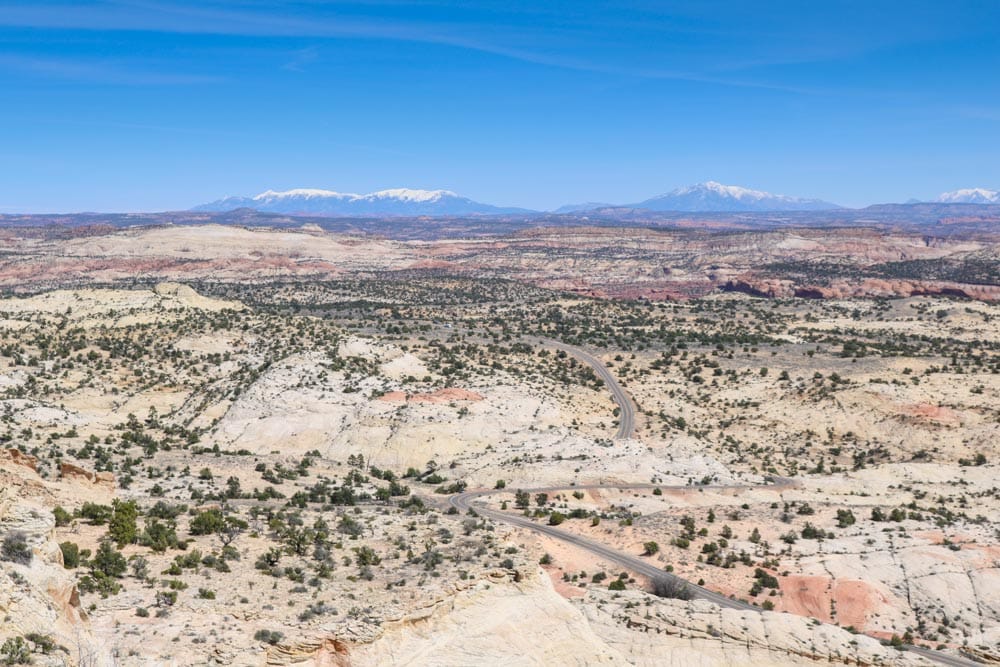Trump Administration Fast-Tracks Fossil Fuel and Mining Permits on Public Lands Amid Controversy
In a significant policy shift, the U.S. Department of the Interior announced on April 23, 2025, the implementation of emergency permitting procedures aimed at accelerating the development of domestic energy resources on public lands.
This move, prompted by President Donald J. Trump’s declaration of a “National Energy Emergency,” seeks to expedite the approval process for fossil fuel and mining projects on public lands, reducing timelines from several years to a maximum of 28 days.
Streamlining Energy Project Approvals
The new procedures apply to a broad spectrum of energy sources, including crude oil, natural gas, coal, uranium, biofuels, geothermal energy, kinetic hydropower, and critical minerals. The Department of the Interior (DOI) asserts that these measures are essential to bolster the nation’s energy independence and economic security.
“The United States cannot afford to wait,” stated Interior Secretary Doug Burgum. “President Trump has made it clear that our energy security is national security, and these emergency procedures reflect our unwavering commitment to protecting both.”
“We are cutting through unnecessary delays to fast-track the development of American energy and critical minerals—resources that are essential to our economy, our military readiness, and our global competitiveness. By reducing a multi-year permitting process down to just 28 days, the Department will lead with urgency, resolve, and a clear focus on strengthening the nation’s energy independence,” Burgum said.
The DOI plans to utilize emergency authorities under existing regulations for the National Environmental Policy Act (NEPA), Endangered Species Act (ESA), and the National Historic Preservation Act (NHPA) to facilitate the expedited permitting process.
It is worth noting that those three acts have been in place since the 1960-70s, two decades that saw the establishment of numerous new and ground-breaking environmental protection laws.
Learn more about the history of our national parks (and public lands) here.
National Environmental Policy Act
The Interior Department will be adopting an “alternative” National Environmental Policy Act compliance process to allow for more concise documents and a compressed timeline.
- Projects requiring a full environmental impact statement, typically a two-year process, will be reviewed in roughly 28 days.
- Projects analyzed in an environmental assessment, normally taking up to one year, will now be reviewed within approximately 14 days.
Endangered Species Act
An expedited Section 7 consultation process will be implemented, which involves the appropriate bureau notifying the Fish and Wildlife Service that it is using emergency consultation procedures.
Following such notification, the appropriate bureau can then proceed with deciding whether to approve the action.
National Historic Preservation Act
Bureaus will follow alternative procedures for compliance with Section 106 of the National Historic Preservation Act for proposed undertakings responding to the energy emergency.
These include notifying the Advisory Council on Historic Preservation, State and Tribal Historic Preservation Officers, and any Indian tribe or Native Hawaiian organization that may attach religious and cultural significance to historic properties likely to be affected by a proposed undertaking and affording them an opportunity to comment within seven days of the notification.
Following that notification and comment period, the appropriate bureau will take into account any comments received and then decide whether to approve the proposed undertaking.

Environmental Groups Raise Legal and Ethical Concerns
The announcement has sparked immediate backlash from environmental organizations, which argue that the expedited process undermines critical environmental protections and public participation.
Critics contend that the declaration of a “National Energy Emergency” lacks a factual basis, noting that the United States is already the world’s leading producer of oil and gas. They argue that the administration’s focus on fossil fuels ignores the growing viability and cost-effectiveness of renewable energy sources like solar and wind.
“These arbitrary time limits make a complete review of the risks of potentially hazardous projects impossible,” said Athan Manuel, director of the Sierra Club’s Lands Protection Program.
“A shoddy review means the true hazards of a project may only be known when the air or water thousands of people rely on is dangerously polluted. Just remember, Donald Trump and his allies are willing to take that risk if it means padding the bottom line of billionaires and corporate polluters,” Manuel said.
“This directive, based on an emergency that doesn’t exist, silences the public and guts NEPA’s core purpose – informed decision making,” said Tracy Stone-Manning, President of The Wilderness Society. “By skipping over the public, science and impact analysis, the administration skips over threats to our wildlife, water and cultural resources. And while claiming to create certainty for developers, this move guarantees the opposite: more litigation, more delay and less certainty.”
Exclusion of Renewable Energy Projects
Notably, the expedited procedures to issue permits for energy development on public lands exclude renewable energy projects such as solar and wind.
This omission has drawn criticism from clean energy advocates who have long called for streamlined permitting to accelerate the transition to sustainable energy sources.
While green energy supporters have pushed for faster permitting to boost solar and wind energy deployment, the Trump administration’s changes prioritize fossil fuels and other traditional energy sources like oil, gas, coal, and uranium, as well as some low-emission sources like hydropower and geothermal.
The administration’s stance contrasts with actions like halting a major offshore wind project recently approved under the Biden administration. The Hill reports that the current administration blamed the Biden administration for having “rushed through its approval without sufficient analysis.”
Potential Impact on Protected Lands
The DOI’s announcement also raises concerns about the potential reduction of protections in national monuments to facilitate resource extraction. Interior department officials are considering scaling back regulations that protect ecosystems and wildlife.
Environmental groups argue that such actions threaten the preservation of culturally and ecologically significant lands, undermining longstanding conservation efforts.
Industry Response and Economic Implications
Industry advocates have welcomed the expedited permitting process, viewing it as a means to enhance U.S. competitiveness and reduce reliance on foreign nations for critical minerals. The new policy applies to projects involving fossil fuels such as oil, gas, and coal, as well as uranium, geothermal, critical minerals, biofuels, and kinetic hydropower.
However, it remains uncertain whether this directive will significantly affect U.S. oil production, which is already thriving amid high global demand linked to sanctions on Russia.
Legal Challenges and Future Outlook
The administration’s use of emergency powers to expedite permitting is expected to face legal challenges. Environmental groups have pledged to contest the measures in court, arguing that they violate foundational environmental laws and lack a legitimate emergency justification.
As the policy unfolds, its long-term impact on the environment, public lands, and the nation’s energy landscape will be closely scrutinized. The balance between energy development and environmental protection remains a contentious issue, with significant implications for the country’s future direction.






